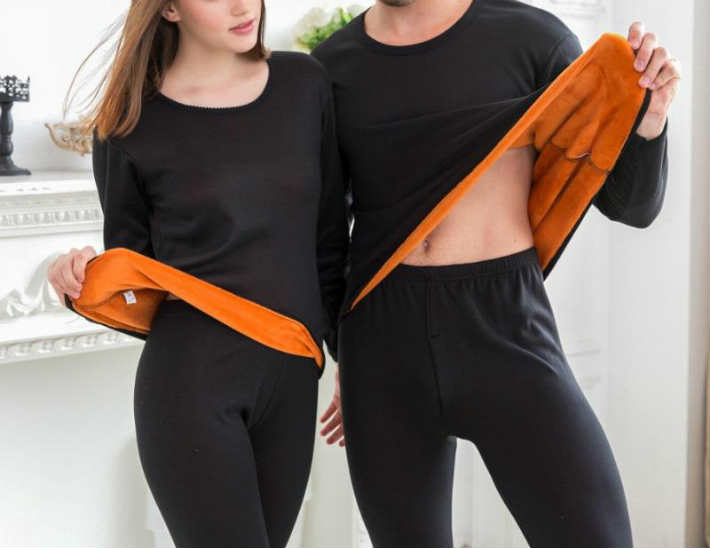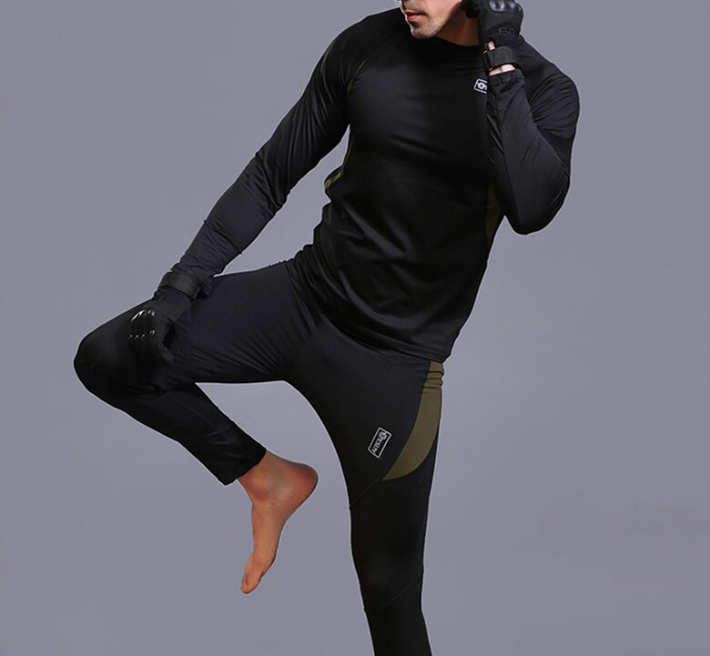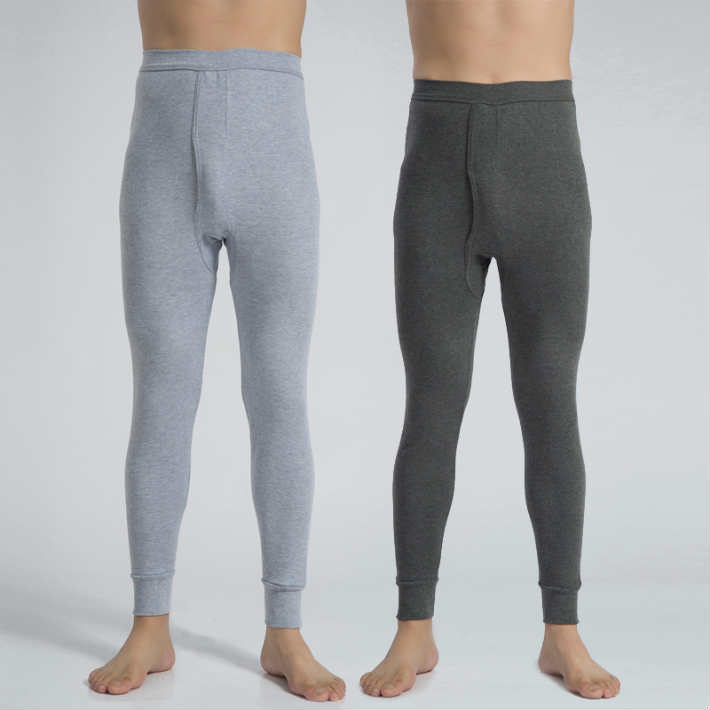Some call it baselayer while others know it as a next-to-skin layer. Regardless of what it’s called, thermal underwear is vital for ensuring the safety and comfort when engaged in a cold-weather activity. A poor choice of thermal wear can lead to rubbing or chafing when you sweat and can even cause hypothermia if you get wet whilst wearing a fabric that won’t insulate.

Cotton, for example, is a great fabric for wearing to the local restaurant or to work. But it’s often not suitable for use in an outdoor environment. Materials created for active use such as synthetics or merino wool are ideal for such purpose. But sometimes it’s hard to know which one is best.
What Material is Best for Thermal Underwear?
Avoid Cotton
Cotton shouldn’t be considered for any kind of outdoor activity. It is a fabric that can absorb about 20 times its own weight in water. This means once it gets wet, it becomes heavy, takes forever to dry and no longer insulates. This is due to the tiny air pockets in the cotton fibres, which instead of insulating will be waterlogged and remain that way for a long time. Cotton, with its high-absorption properties, is an excellent choice for luxury bath towels, but a terrible fabric to have against your skin when doing active exercise or in conditions that may be damp, cold or wet. So, now that you know that cotton is a big no-no for outdoor activities, let’s move on to what you should wear. The best underwear thermal layers are generally made from either synthetic fibre such as polypropylene or merino wool.

The Benefits of Synthetic Fabrics
Synthetic underwear thermal layers have excellent moisture-wicking properties, which will help move sweat away from your body, to the outside of the garment where it can evaporate. Synthetic fibres, such as polypropylene, also don’t absorb water. That is because they are hydrophobic – they don’t get particularly heavy when wet and they dry fast. Synthetic underwear tends to dry faster than lightweight merino wool, another great material option that I will talk about next. Due to that, synthetics are considered a better option for situations in which you will be wet or sweating for a prolonged period of time.
For the ultimate feel of luxury, synthetics are also the way to go. Silk-based thermal underwear, for example, may not be as thick or insulating as merino wool, but silk is exceptionally comfortable and can be treated to improve wicking and odour control. And because silk is very thin, it also helps reduce bulk when layering clothing.
When it comes to durability and ease of use, most thermal underwear is machine washable. The bad news is that not all of them can be machine dryable. Wool and some synthetics need to be air-dried between wearing to avoid shrinkage and fading. So before you buy thermal wear, consult the laundering information found on the tag or in the product description.
Merino Wool
Merino wool is a highly breathable material that insulates when wet. It is soft to the touch, quick-drying and naturally odour-resistant. This makes it a great material for outdoor activities. Wool is quite often associated with itching, however, this type of wool doesn’t itch. The merino sheep is different from other sheep. Its ultra-fine wool is too soft to be itchy. It is softer than most synthetic materials and is probably as soft as your cotton t-shirts.
But merino wool comes with the disadvantages of being quite expensive and not quite as durable as most synthetic materials. If you won’t be using your thermal underwear daily, then merino will be durable enough to stand the test of time. It’s important to mention that in order to increase durability, many manufactures are now blending merino with a nylon core. So, read the tag or product description to make sure are getting pure merino wool.
Be that as it may, synthetics are a more affordable and more durable alternative to merino wool. So, if you are on a tight budget or are planning to stock up on underwear, then synthetics is probably the way to go.

Should Thermal Underwear be Tight or Loose?
The perfect thermal underwear fit will support but not constrict. The garment is designed to function as a second skin, creating an insulating layer between your body and the fabric.
For warm conditions, your underwear should be loose. In cold weather, snug-fit is necessary to trap the heat generated by your body. Keep in mind that if the underwear fits poorly, it is likely to create hot pockets instead of distributing warmth even, which will make you feel some discomfort.



